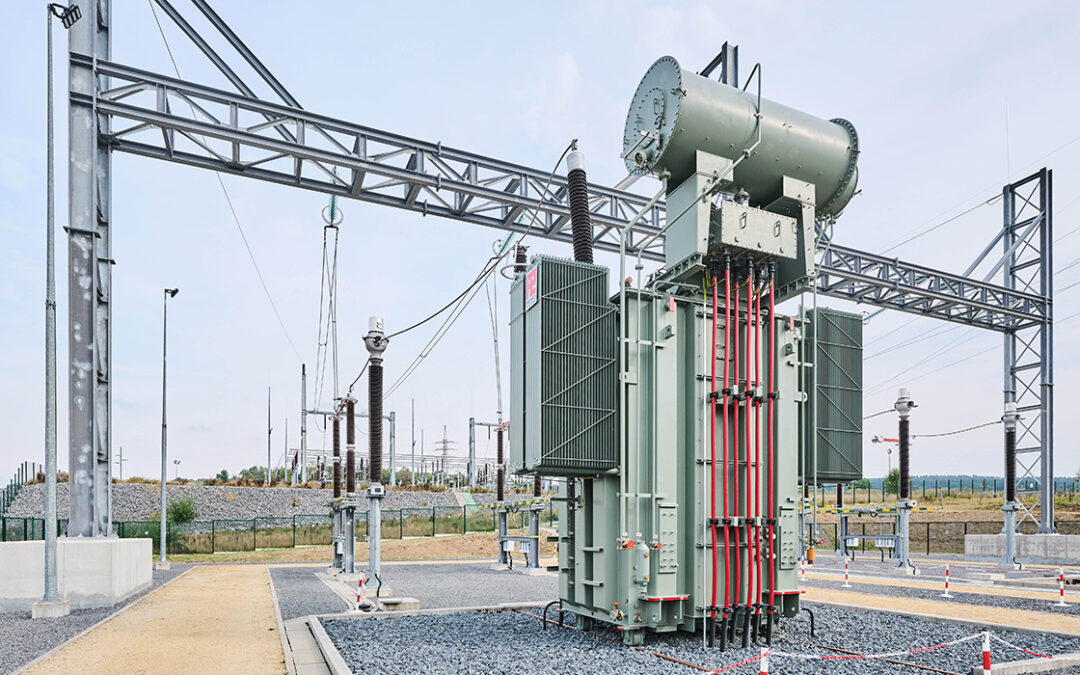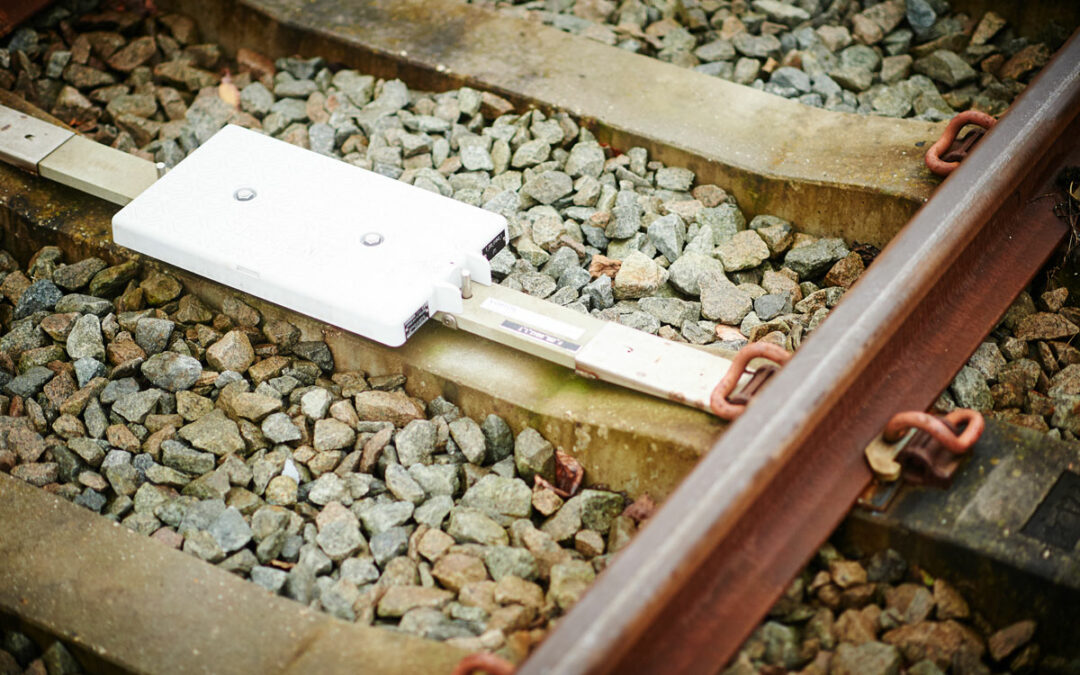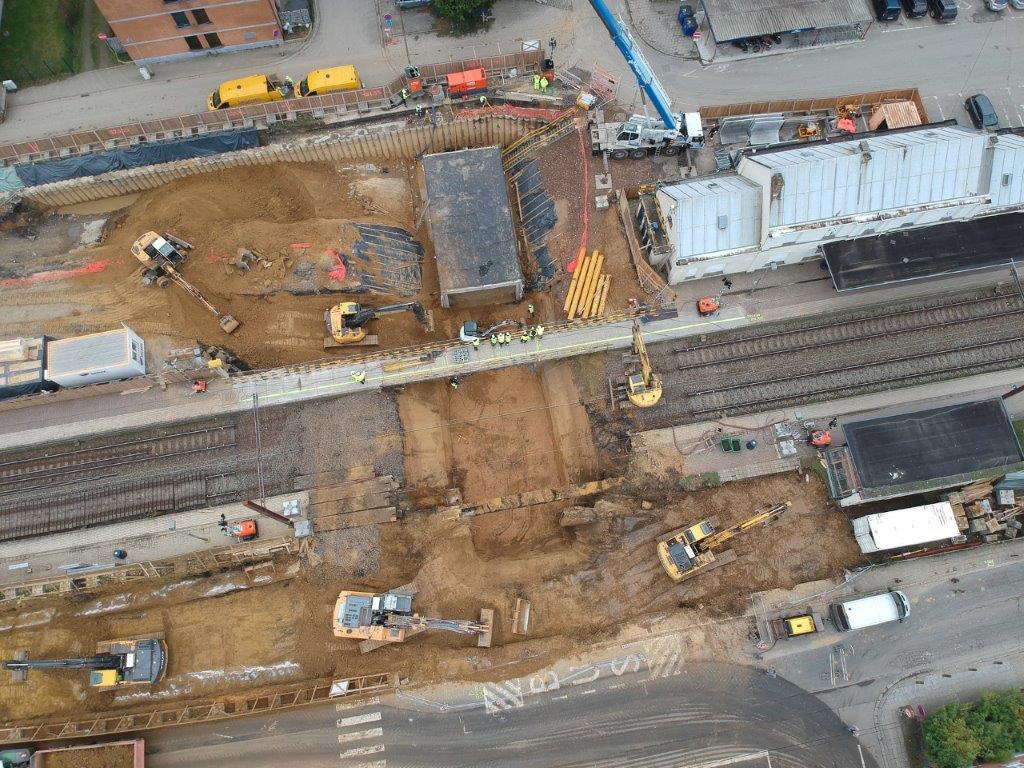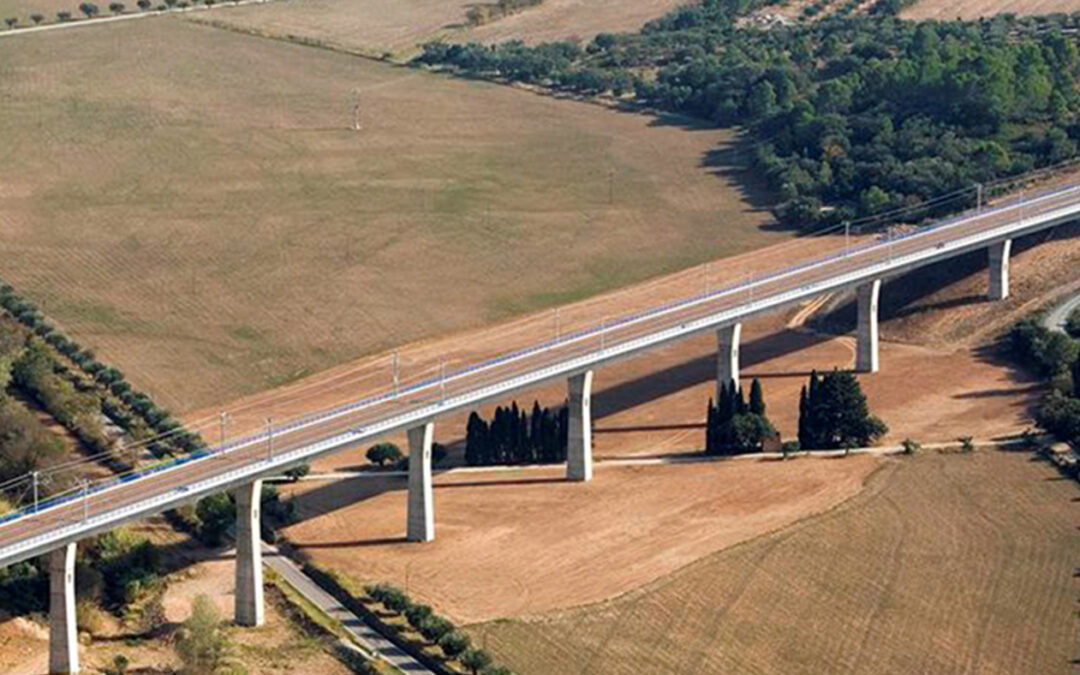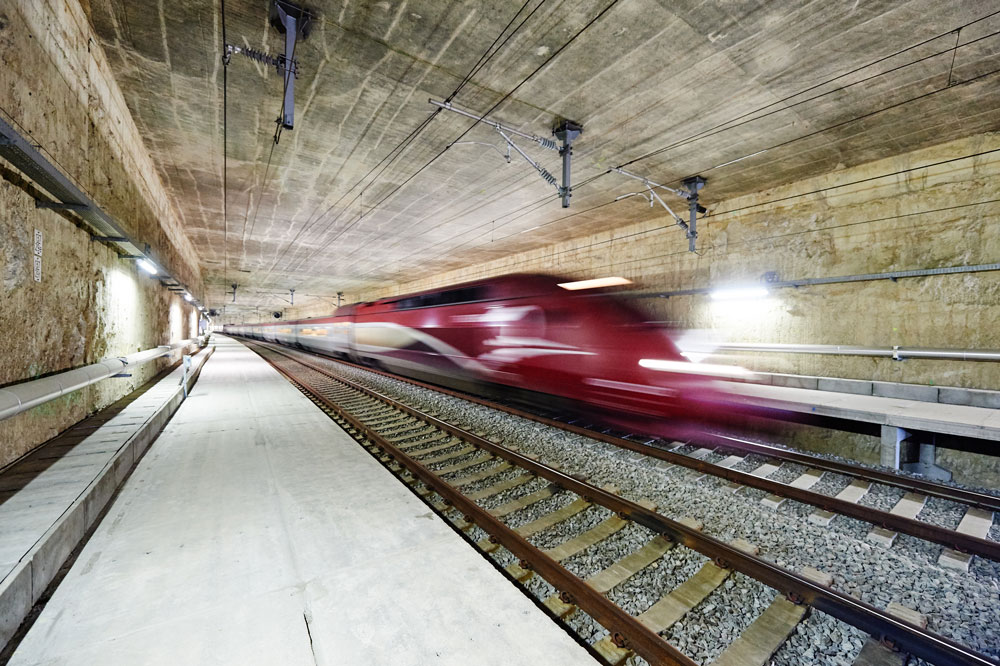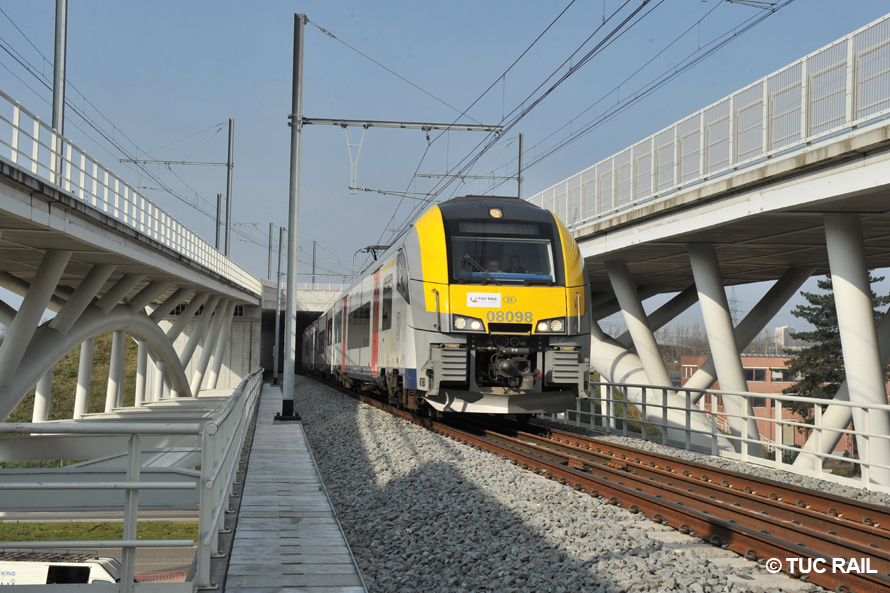Interoperability: studies of interfaces between catenary and Euro/1950 pantographs
TUC RAIL was selected by the European Railway Agency (ERA) to study the interface between Euro/1950 pantographs and the catenary used in the following six EU countries: France, Belgium, Spain, Germany, Italy and Poland.
The aim of the study was to provide the ERA with a clear technical and economic analyses of the parameters for designing and adapting the catenary systems across the EU rail network to make them suitable for both 1950 mm and 1600 mm pantographs.
Our mission
TUC RAIL was in charge of:
- studying the interface between the pantographs and the catenary to find the optimal conditions that have an impact on traction;
- studying the current catenary design taking into account infrastructure constraints (e.g. electrical gauge);
- studying the probability of a coincidence on degraded models (statistics and risk analyses).
The results of the study, published in an ERA report, showed possible parameters for adapting the catenary design to accommodate both 1600mm and 1950mm pantographs across the European network, while ensuring safe and efficient operation.
By carrying out this expert mission for the ERA, TUC RAIL was able to highlight its technical competence in several European countries.


